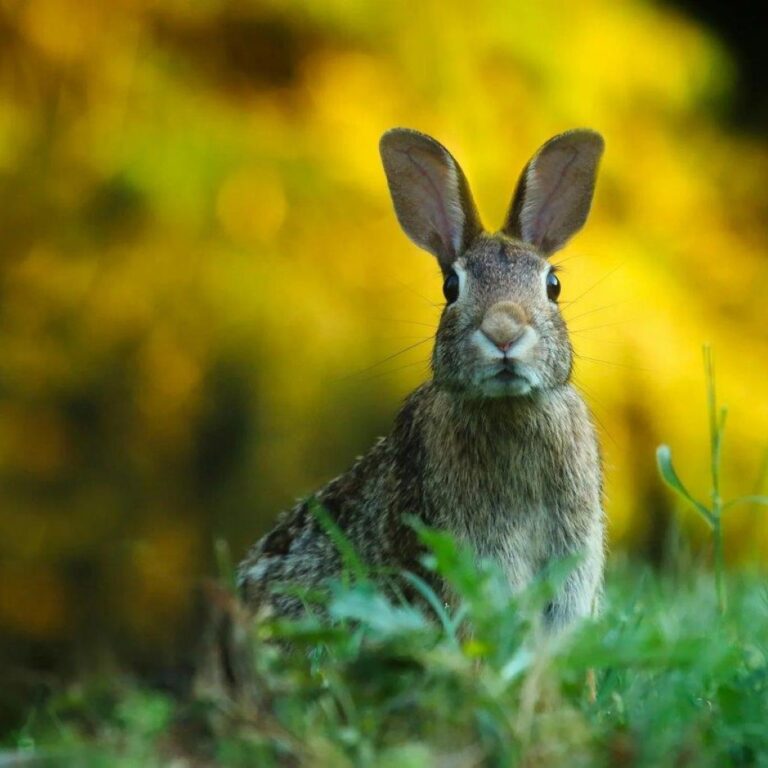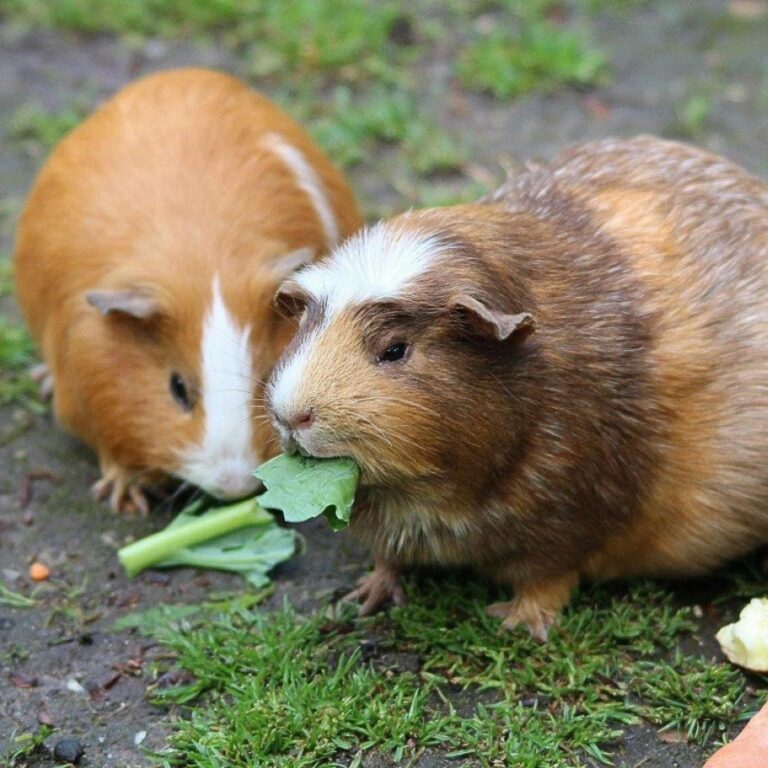Rabbits are not rodents; they belong to the order Lagomorpha, which also includes hares and pikas. They have a unique set of teeth, with two pairs of upper incisors, which distinguishes them from rodents.
There are over 30 species, with the European rabbit being the most widely recognized. Domestic rabbits are descended from the European rabbit and come in a variety of breeds, sizes, and colors.
They are crepuscular, meaning they are most active during the early morning and late evening. This behavior helps them avoid predators during the day and night.
A group of rabbits is called a herd, but they are often referred to as a fluffle or colony. Wild rabbits live in complex burrow systems called warrens, which provide shelter and protection.
These animals have powerful hind legs that allow them to jump great distances. They can leap up to 10 feet in a single bound and can run at speeds of up to 35 miles per hour to escape predators.
Rabbits are herbivores and primarily feed on grass, leaves, and vegetables. They have a unique digestive system that allows them to re-ingest their feces (called cecotropes) to extract additional nutrients.
A rabbit's teeth grow continuously throughout its life, so they need to chew on fibrous materials like hay to wear them down and prevent overgrowth.
They have a highly developed sense of smell, hearing, and vision. Their large eyes are positioned on the sides of their heads, giving them a wide field of vision and the ability to detect predators from almost any angle.
Females are called does, and males are called bucks. A baby rabbit is known as a kit or kitten. Does can give birth to multiple litters each year, with each litter containing 4 to 12 kits.
They communicate with each other using a variety of vocalizations, body language, and scent marking. They may thump their hind legs on the ground to warn others of danger.
They are social animals and enjoy the company of other rabbits. They form strong bonds with their companions and can become lonely and depressed if kept alone.
In the wild, rabbits play a crucial role in their ecosystems by serving as prey for a variety of predators, including foxes, birds of prey, and snakes. Their grazing also helps maintain grasslands and other habitats.
Domestic ones can be litter-trained and taught to respond to their names. They are intelligent and can learn tricks, such as coming when called or jumping through hoops.
The largest breed of rabbit is the Flemish Giant, which can weigh up to 20 pounds or more. The smallest breed is the Netherland Dwarf, which typically weighs less than 2.5 pounds.
Conservation efforts are important for certain species of wild rabbits, such as the endangered pygmy rabbit, which faces threats from habitat loss and environmental changes.


